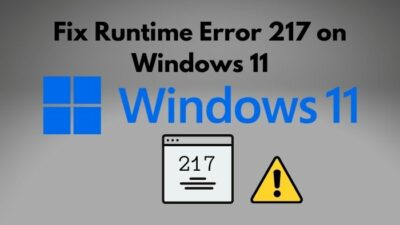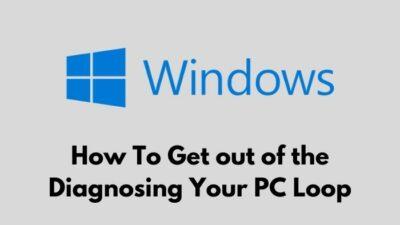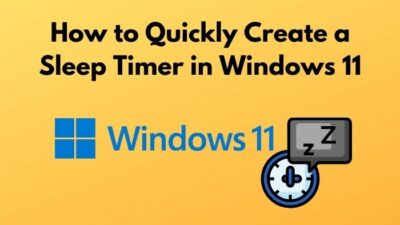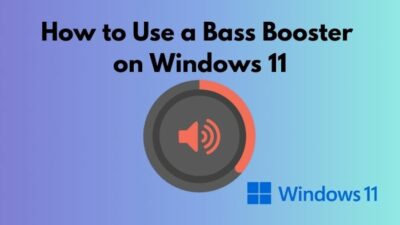The Windows Operating system can create several local users and groups in the background to carry out different tasks.
However, a normal user can’t usually see those accounts. You need to log back and forth to see other local users and group accounts which consumes unnecessary time. 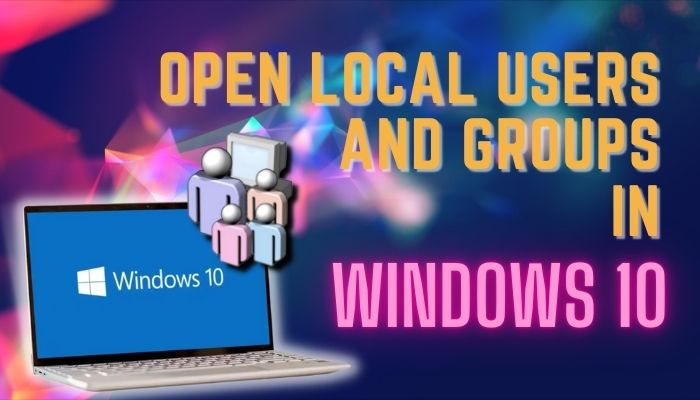 But don’t worry. This article will provide a process including a graphical user interface for managing users and groups on a local computer. So without further due, let’s jump in.
But don’t worry. This article will provide a process including a graphical user interface for managing users and groups on a local computer. So without further due, let’s jump in.
How to Open Local Users and Groups in Windows 10
You can swiftly manage your local accounts from the Local User and Groups tool. This snap-in utility of Computer Management software gives you enough flexibility to make any changes.
This tool can create new users and groups, add members, etc. In this portion, I will show you all available ways to start local user and group accounts in Windows 10. Let’s see how to do it.
Here are the methods to launch local users and groups in Windows 10:
1. Launch Users and Groups Account using Computer Management
You can see and edit Local Users and Groups via Computer Management, aka Device management. To see those, right-click on the Start icon and choose the Computer Management tool. Then double-click the Local Users and Groups option. Select the Users or the Groups folder to see the user list.
After completing the steps, you will see all users and groups of your pc in the Management window.
Check out our epic guide install active directory users and computers on Windows 11.
2. Open Local Users and Groups via Run
You can use the Run option of your Windows 10 to find all the local users and Groups as a list. However, you need to remember the run command.
Here are the steps to open local users and groups via Run:
- Hit the Win+R key on your keyboard to open Windows Run.
- Type “lusrmgr.msc” in the box.
- Tap Enter or select the Ok button.
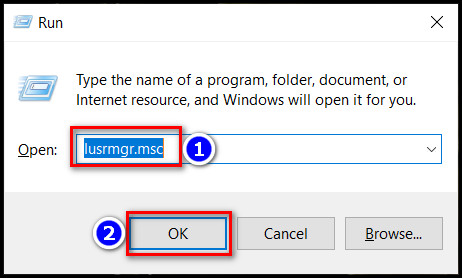
You can find the user profiles with no loading issues from the list. But you can easily fix it using the fix User Profile cannot be loaded error in Windows 11 guide.
4. Launch Local Users and Groups using Windows Search Tool
You can quickly open all the local users and groups with the help of the Windows Search feature. All You need to do is just type the keyword and tap enter.
This section will show you the steps to find the local users and groups through the search features.
Here are the steps to launch local users and groups using the Windows search tool:
- Hit Win + Q on your keyboard or click the Search icon from Taskbar to open the Windows Search.
- Enter “lusrmgr.msc” in the bar.
- Choose the lusrmgr.msc form result.
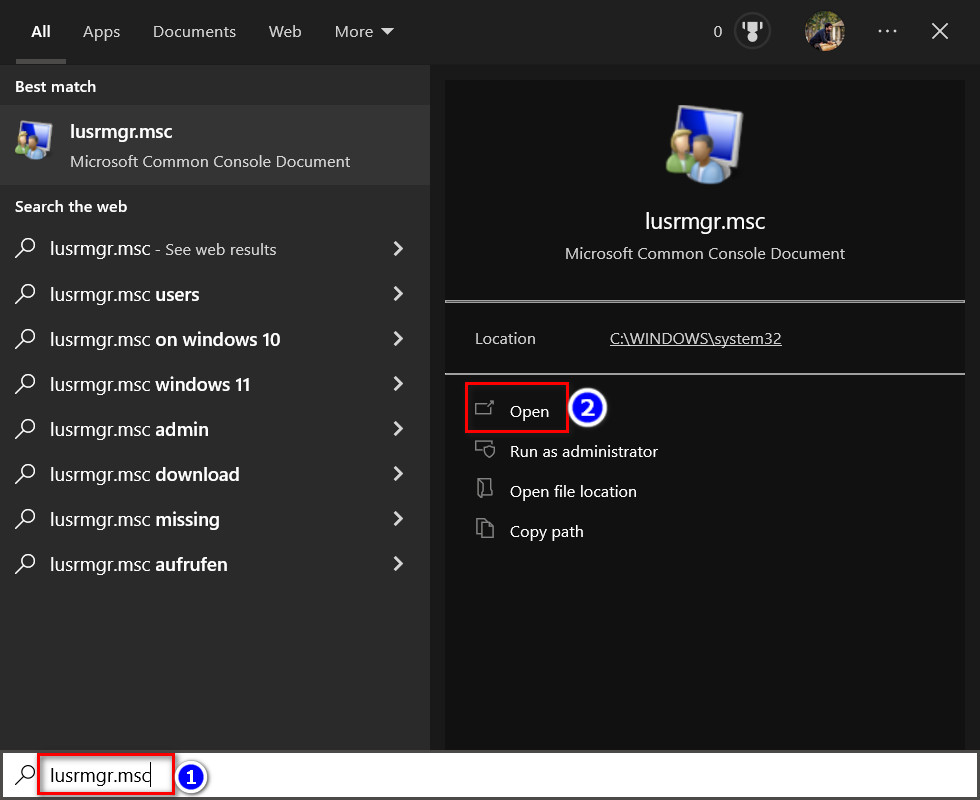
However, the Windows search feature can be annoying when it shows irrelevant search results. But not to worry, you can disable it using our disable quick searches on windows 11/10 guide.
3. Open User and Group Accounts from CMD or PowerShell
If you are a keyboard freak like myself, using the cmd option will be more suitable to open user and group accounts on your PC.
Follow the steps below to see the steps for launching open user and group accounts from CMD.
Here are the steps to open user and group accounts from CMD:
- Go to Windows search and Type cmd.
- Select Command Prompt from the search result.
- Type “lusrmgr.msc” in the command line.
- Hit the Enter key from your keyboard.
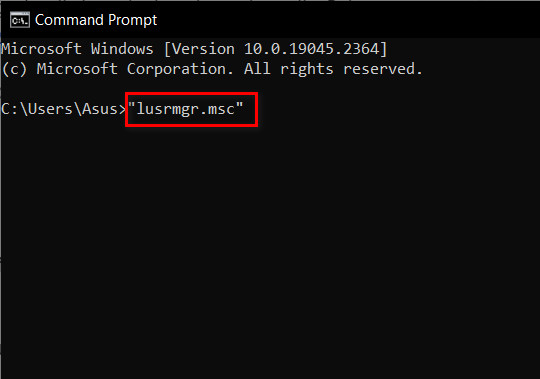
You can use the Power shell instead of the Command prompt for launching open user and group accounts. The steps are quite different.
Here are the steps to open user and group accounts from PowerShell:
- Right-click on the Start icon.
- Choose the Windows PowerShell option.
- Enter “lusrmgr.msc” and hit the enter key.
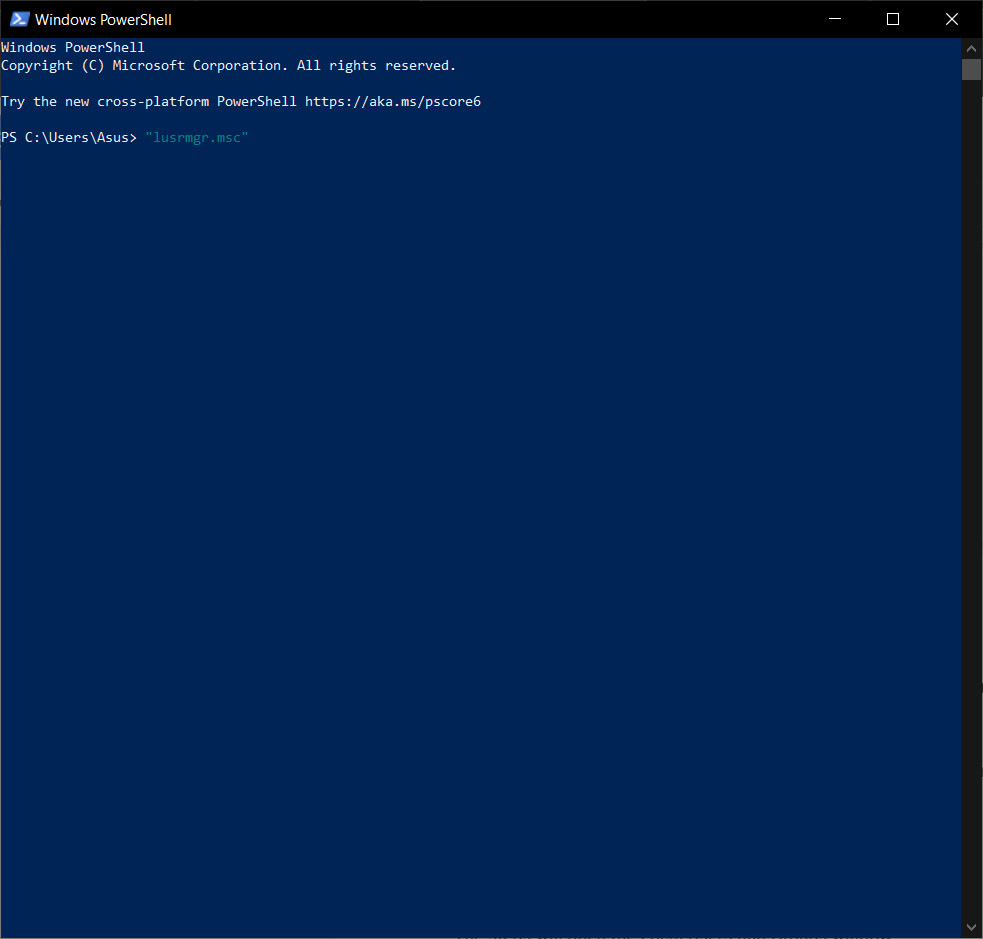
The steps will open the Local Users and Groups window.
However, make sure to insert the correct command in the command line. Otherwise, you will face DISM error 87 on your PC.
5. Find Local Users and Groups through Task Manager
If you want, you can also use the task manager to open and see all the users and groups on your PC.
Here are the steps to find local users and groups through the task manager:
- Right-click on the Taskbar and select the Task manager.
- Click on the File option and select Run a new task.
- Input “lusrmgr.msc” in the box and select OK.
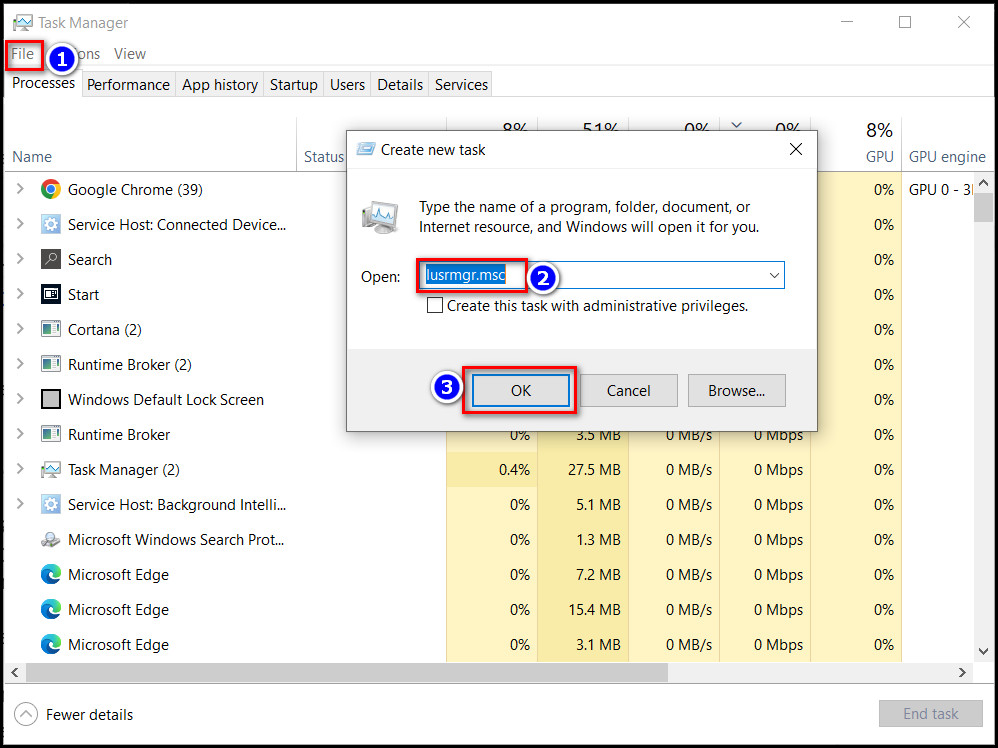
And voila! You will see a new window containing all the local users and groups.
6. Open Users and Groups Account Using File Explorer or Desktop
If you want to open the user and group accounts on Windows 10 from File Explorer, you must manually navigate through files and find the lusrmgr.msc file.
This portion will guide you through the launching process of user and group accounts using file explorer. Let’s see how to do it.
Here are the steps to open users and group accounts using File Explorer or Desktop:
- Open File Explorer.
- Navigate to C:\Windows\System32.
- Insert “lusrmgr.msc” into the search bar and hit Enter.
- Double-click on the executable file with the same name to start the application.
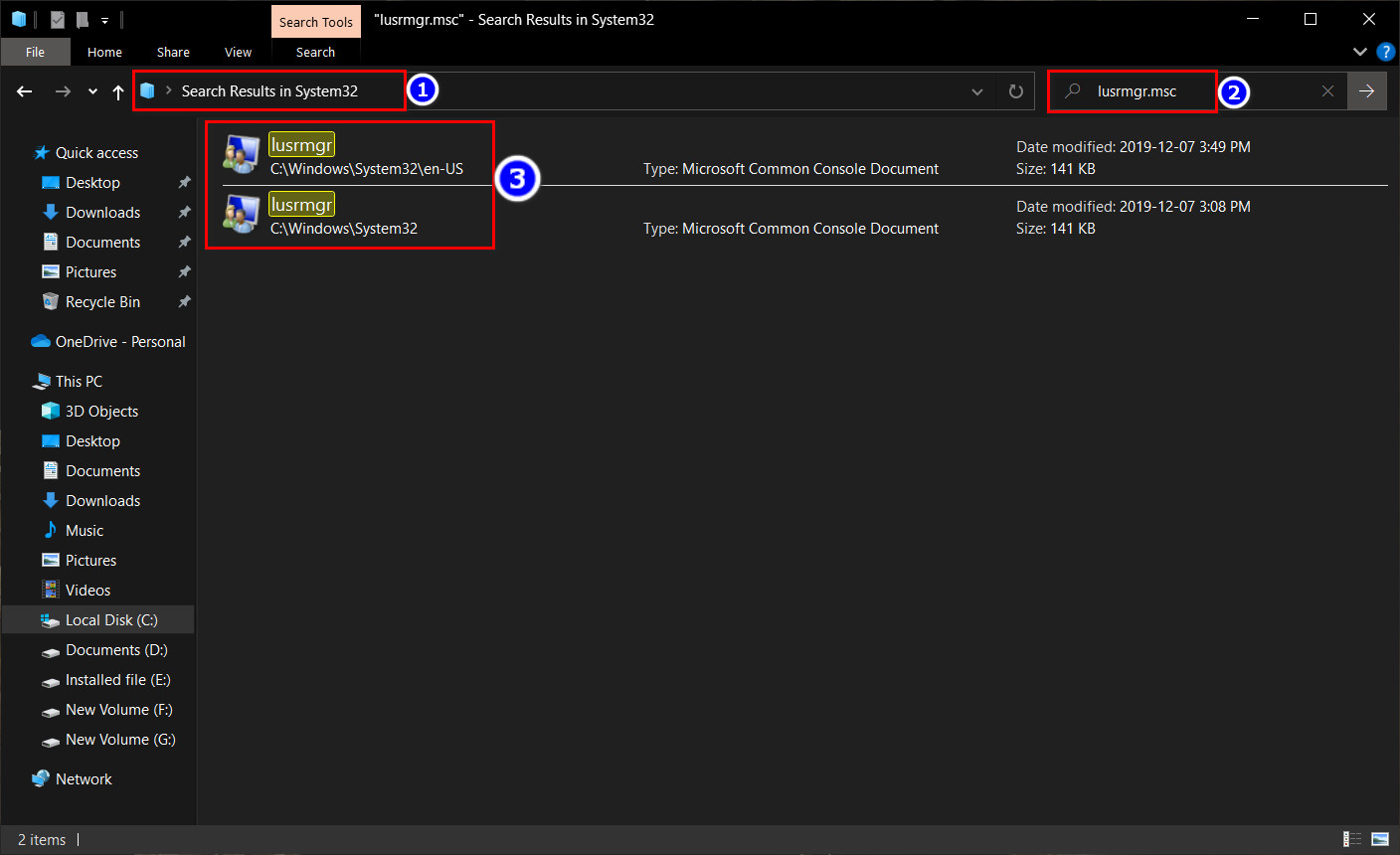
You can also use single-click instead of double in the last steps, but you need to enable the single-clicking feature first.
FAQs.
What is the command for opening local Users and Groups in Windows 10?
Usually, we use the command “lusrmgr. msc” to find local Users and Groups in Windows 10.
What is C :\ Users all Users?
The C:\Users\All Users is a masked link to C:\ProgramData. It means both indicate the same folder.
What are the 3 types of user accounts in Windows 10?
The three types of user accounts in Windows 10 are 1. Standard User, 2. Administrator accounts, and 3. Guest accounts.
Conclusion
You can use the Computer Management tool, Run, Windows search, Task Manager or File explorer to open your PC’s local users and groups accounts. But all processes lead to the same ending. So, use the most suitable method as per your choice.
After reading the article, I’m sure you know all the ways to open Local User and Group accounts on your PC. Comment if you face any issues while following the steps.
And for everything else, stick with 10 Scopes.

